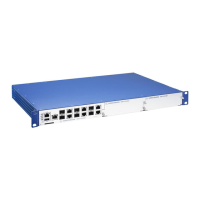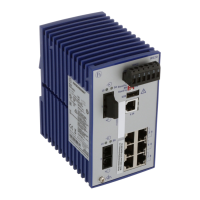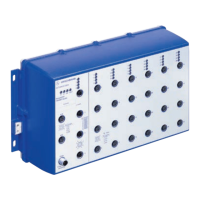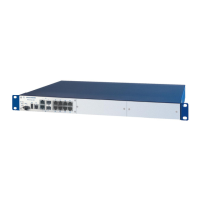6
Installation GRS1020/1120/1030/1130
Release
03
01/2017
Supply voltage
The supply voltage is electrically isolated from the housing.
Every time you connect the electrical conductors, make sure that the
following requirements are met:
The power supply conforms to overvoltage category I or II.
The power supply has an easily accessible disconnecting device
(e.g., a switch or a plug). This disconnecting device is clearly
identified. So in the case of an emergency, it is clear which
disconnecting device belongs to which power supply cable.
The electrical wires are voltage-free.
The ground screw on the back of the device is connected to the
protective conductor.
Supply with AC voltage:
A fuse is located in the outer conductor of the power supply.
The neutral conductor is on ground potential at both voltage inputs.
Otherwise, a fuse is also located in the neutral conductor.
Regarding the properties of this fuse:
See “General technical data” on page 46.
Supply with DC voltage:
A fuse suitable for DC voltage is located in the plus conductor of the
power supply.
The minus conductor is on ground potential. Otherwise, a fuse is
also located in the minus conductor.
Regarding the properties of this fuse:
See “General technical data” on page 46.
Supply with DC voltage: the fuse is suitable for a DC voltage.
If the neutral conductor (AC) or the negative conductor (DC) is not
grounded: there is a fuse in each of the two wires.
Supply with AC voltage:
The wire diameter of the power supply cable is at least 0.75 mm²
(North America: AWG18) on the supply voltage input.
Supply with DC voltage:
The wire diameter of the power supply cable is at least 1 mm²
(North America: AWG16) on the supply voltage input.
The cross-section of the protective conductor is the same size as
or bigger than the cross-section of the power supply cables.
The cables used are permitted for the temperature range of the
application case.
Relevant for North America:
For use in Class 2 circuits, the copper wire conforms to class 1,
140/167 °F or 167 °F (60/75 °C or 75 °C).

